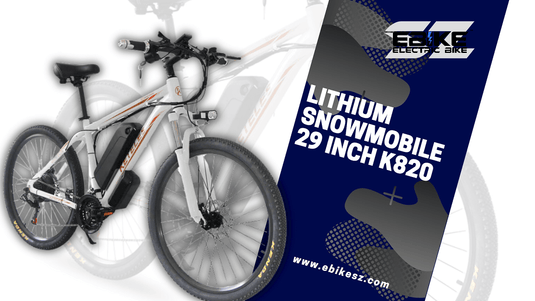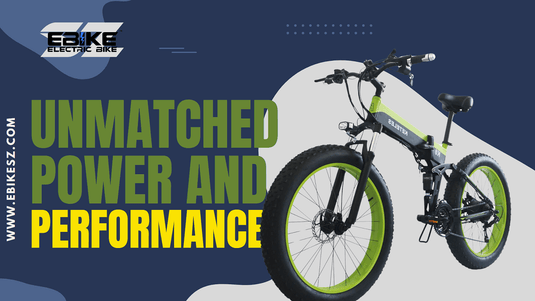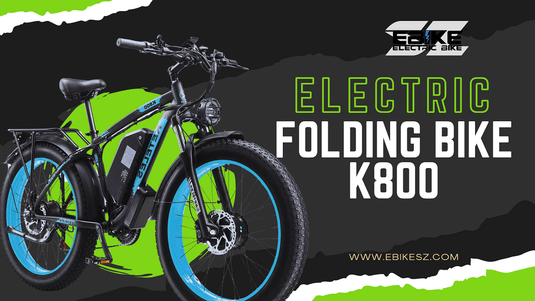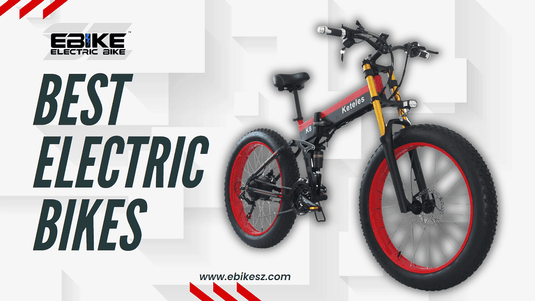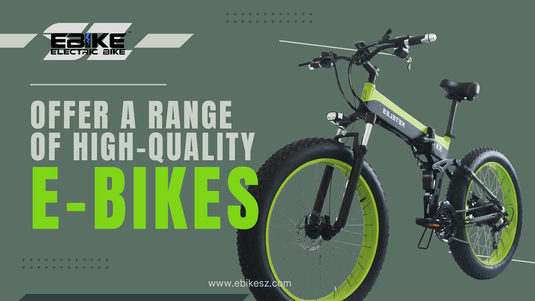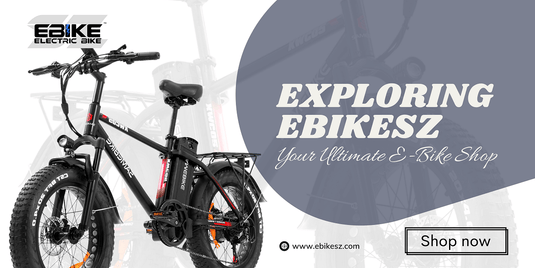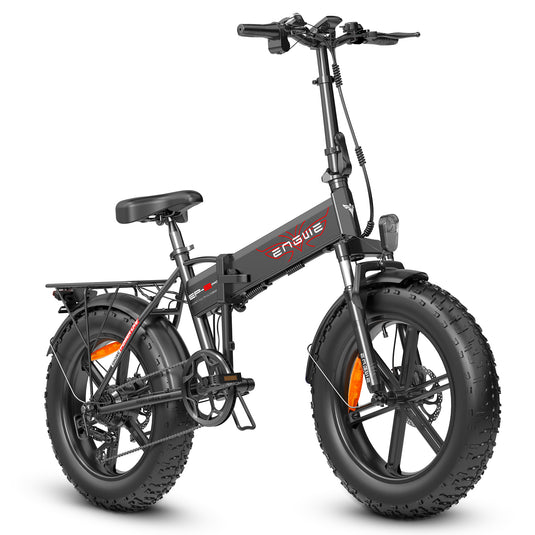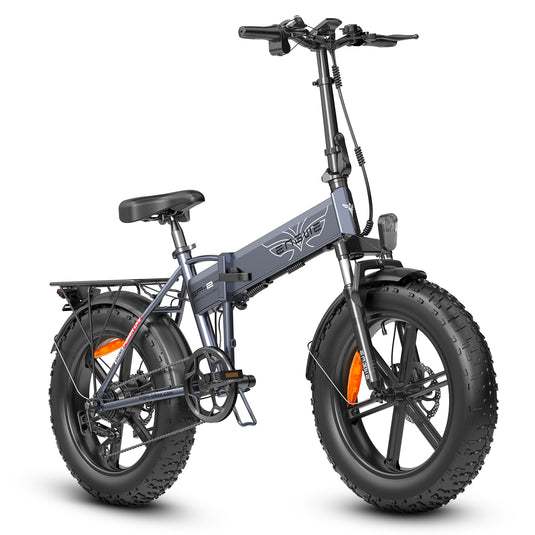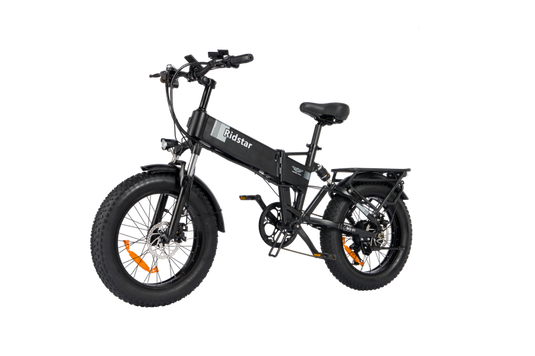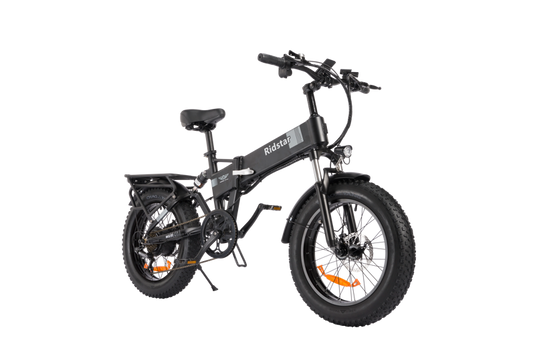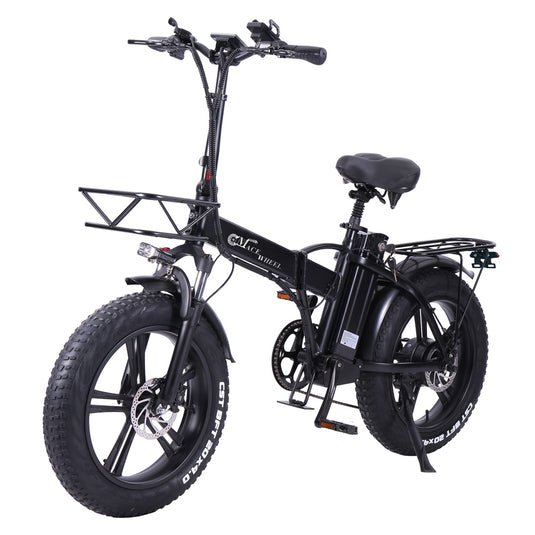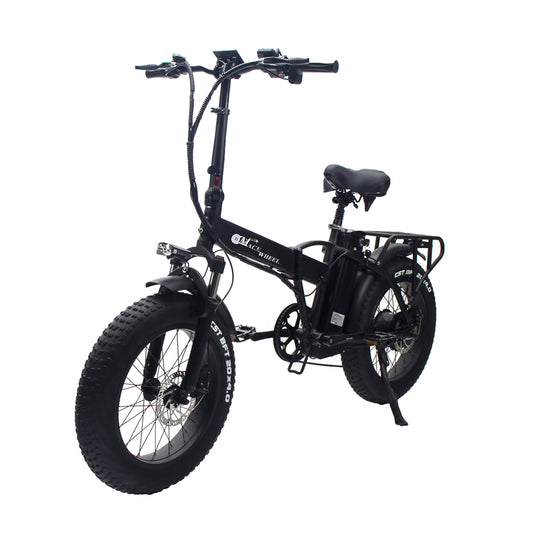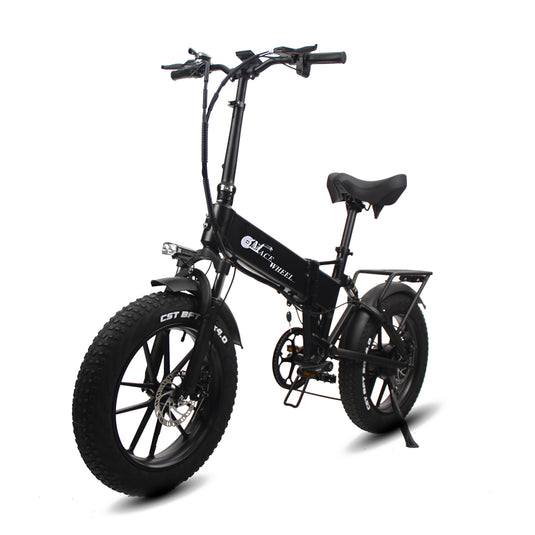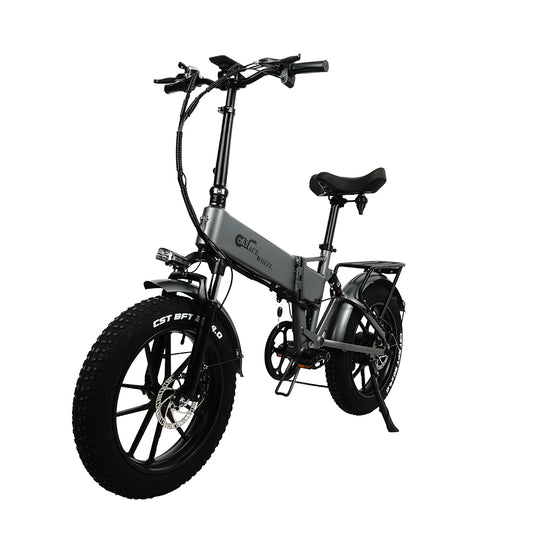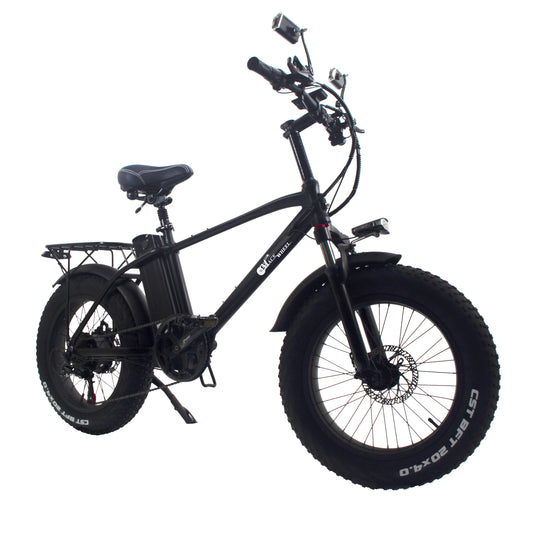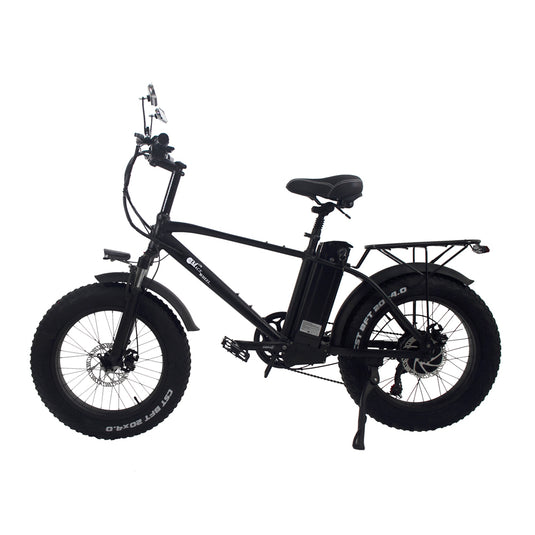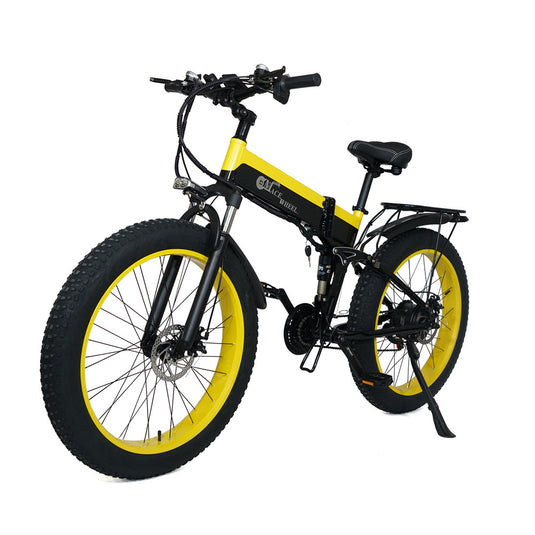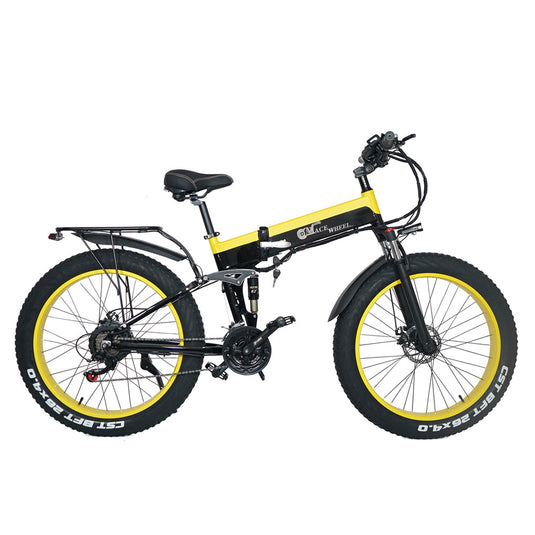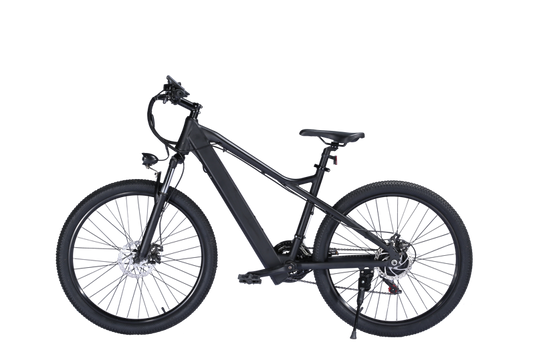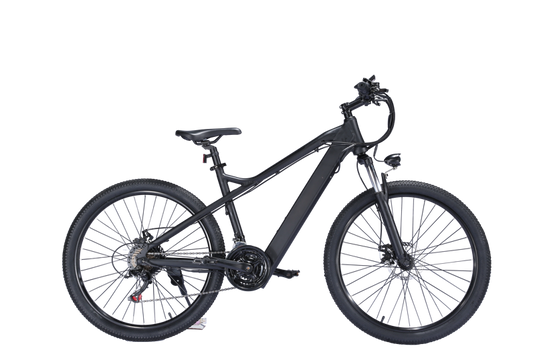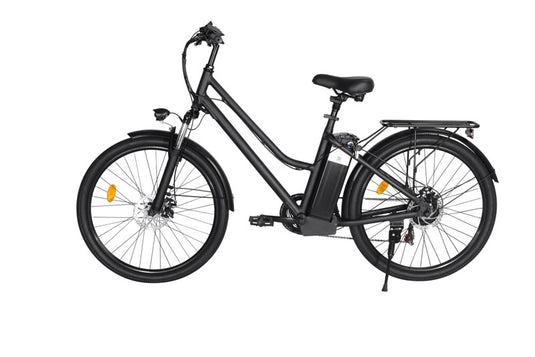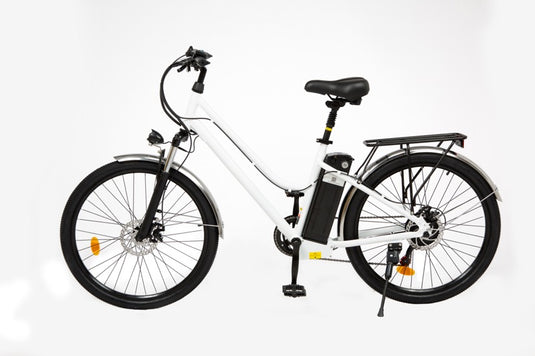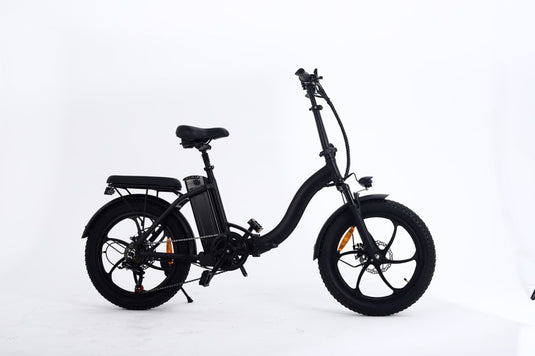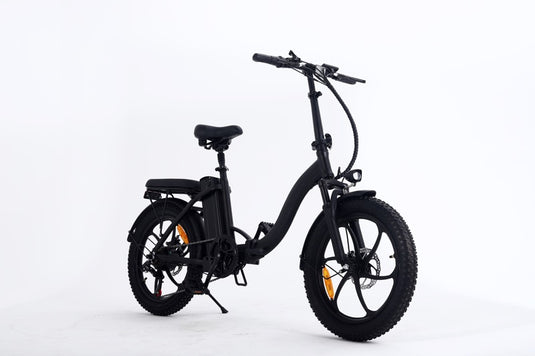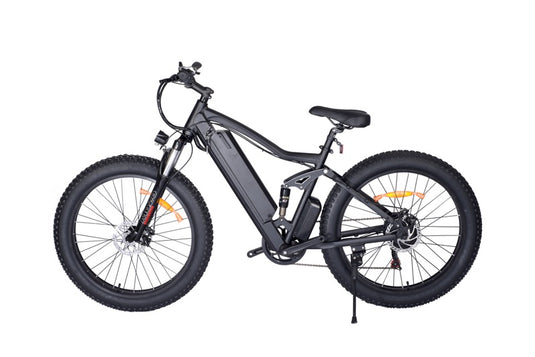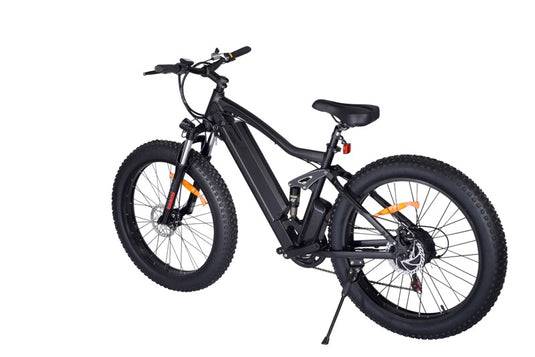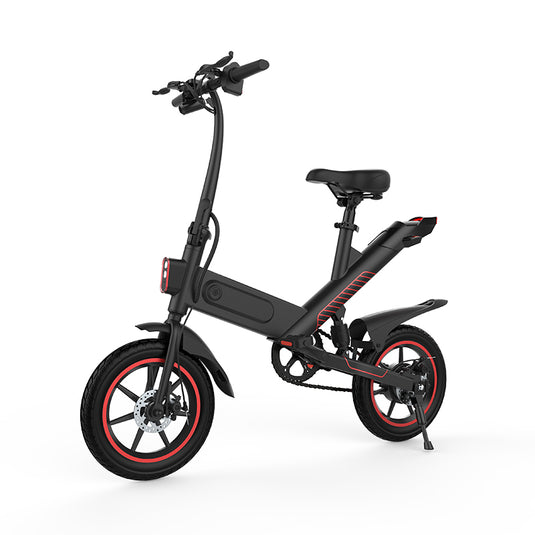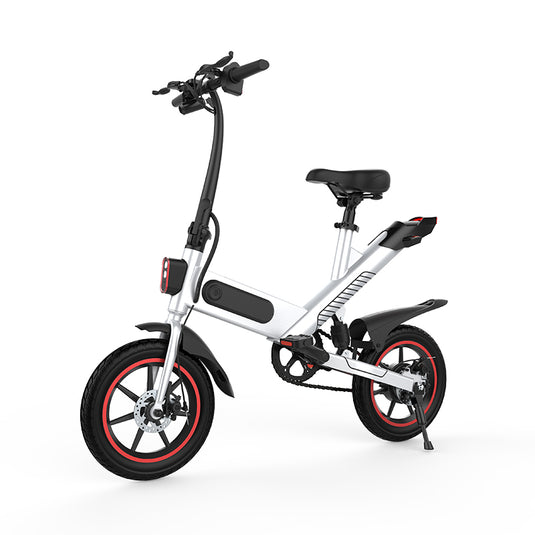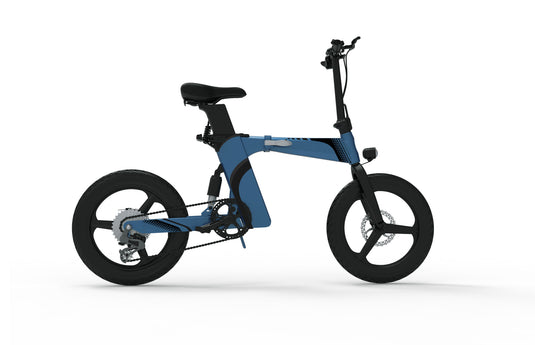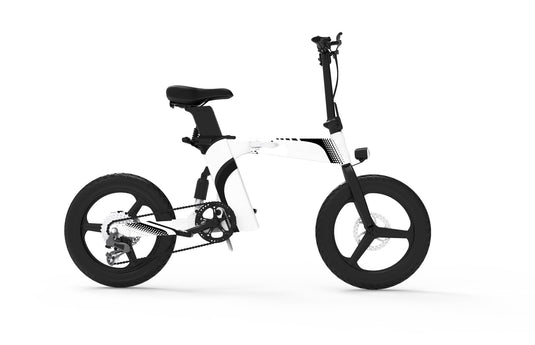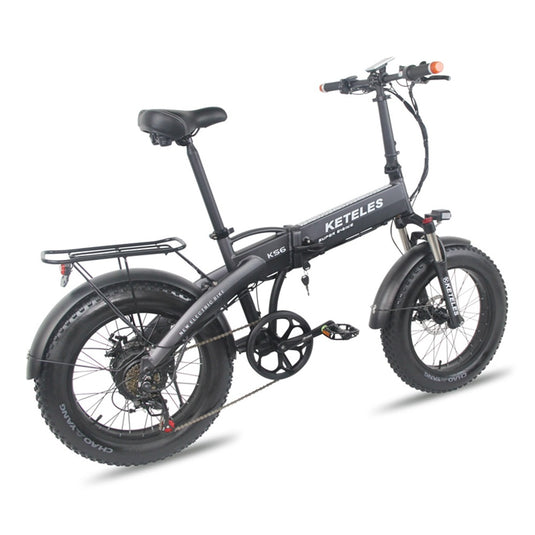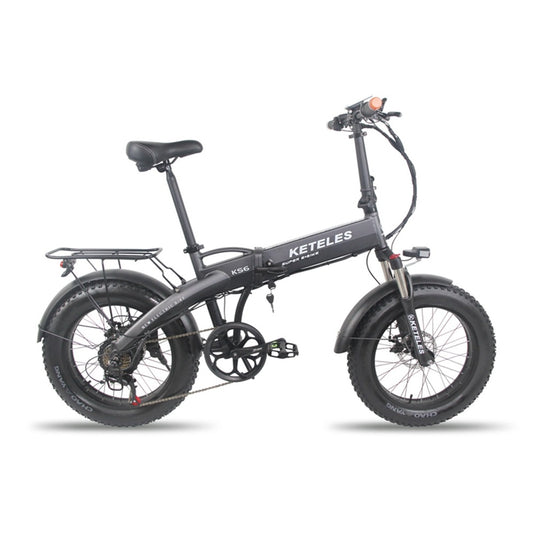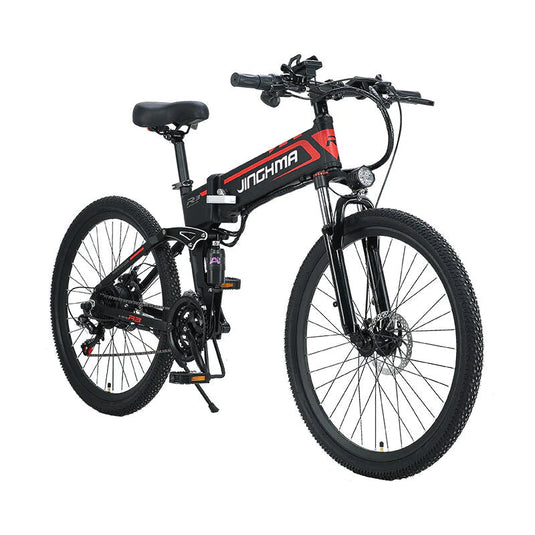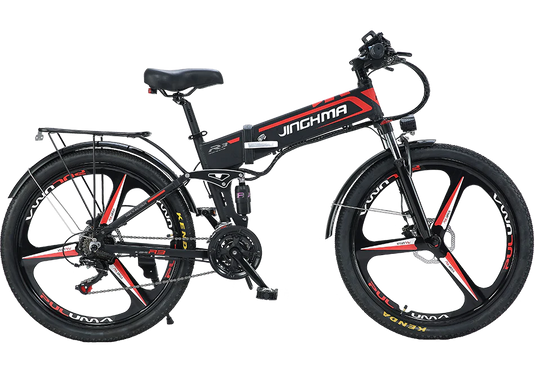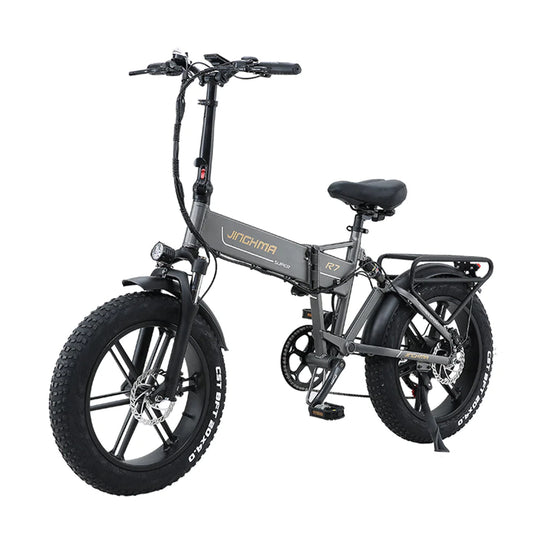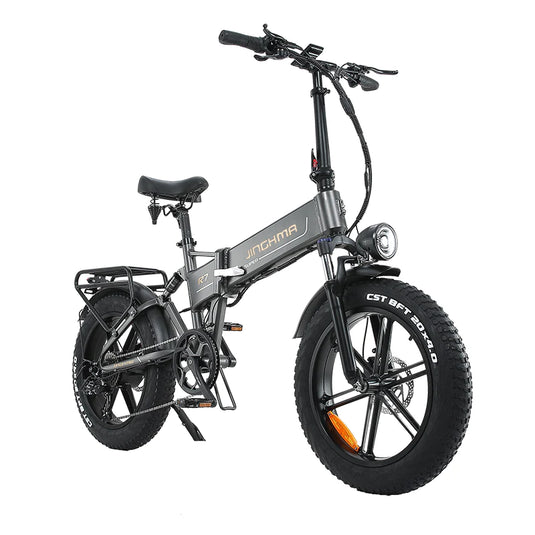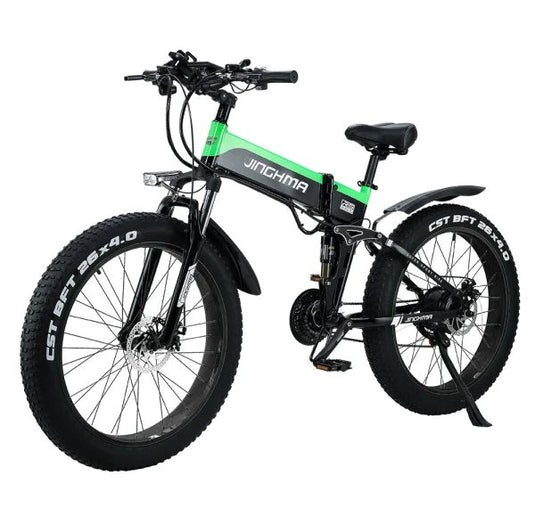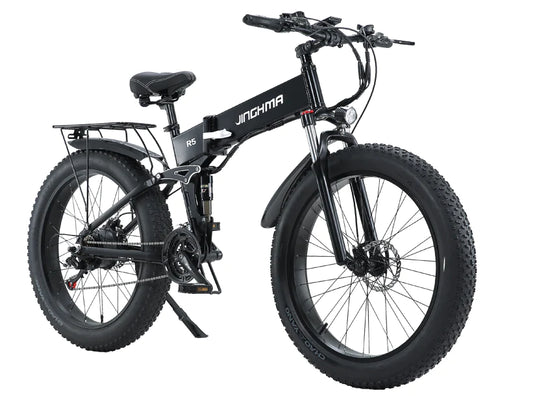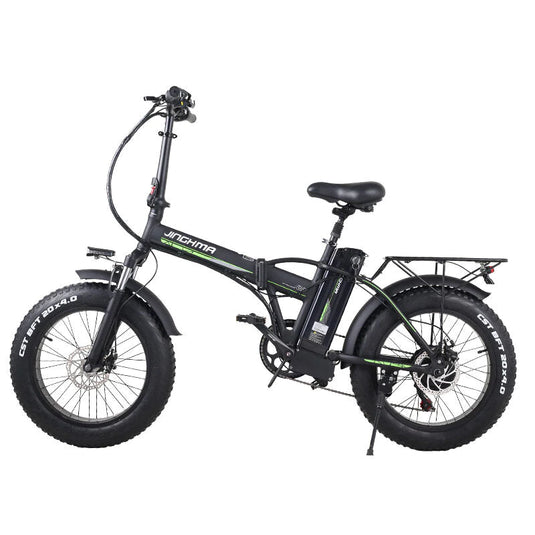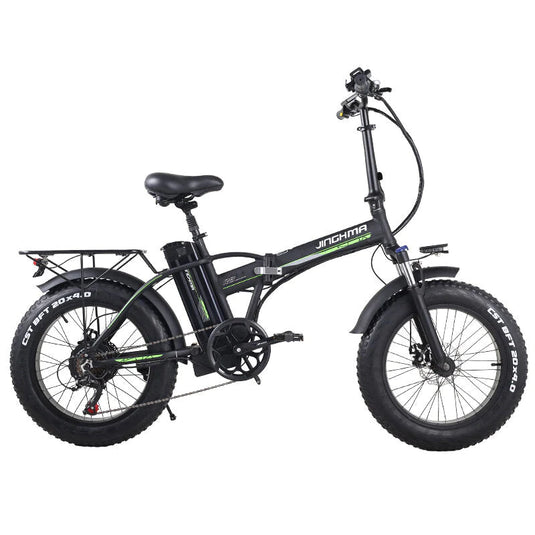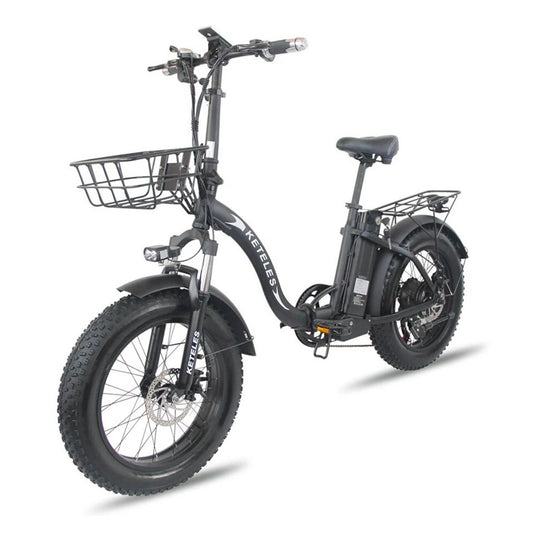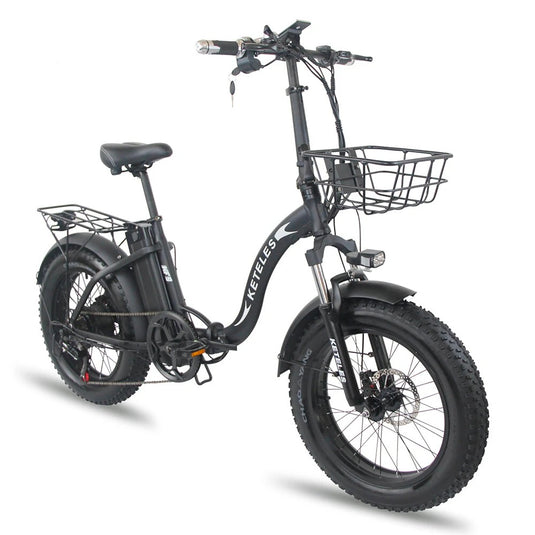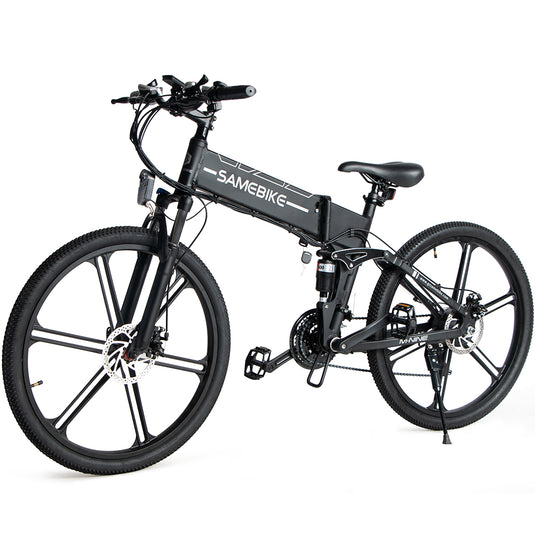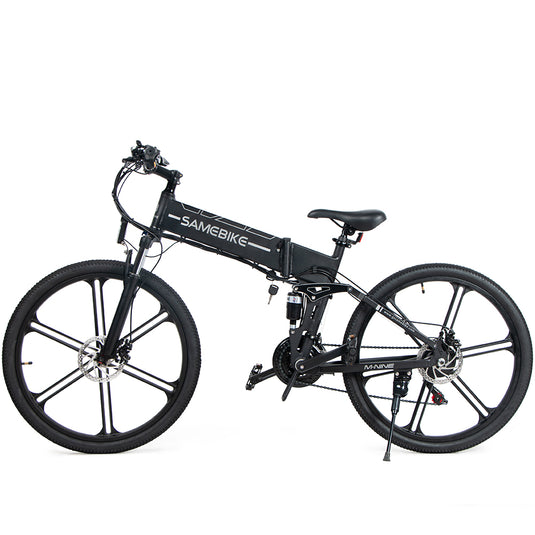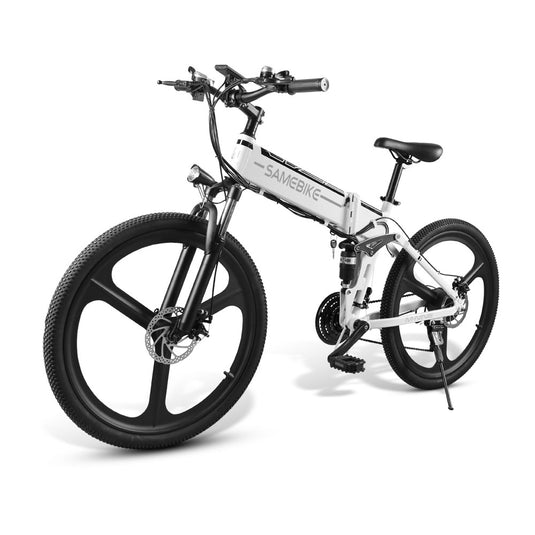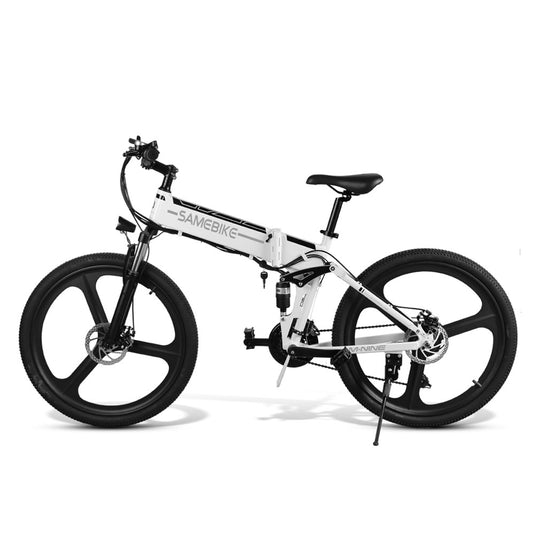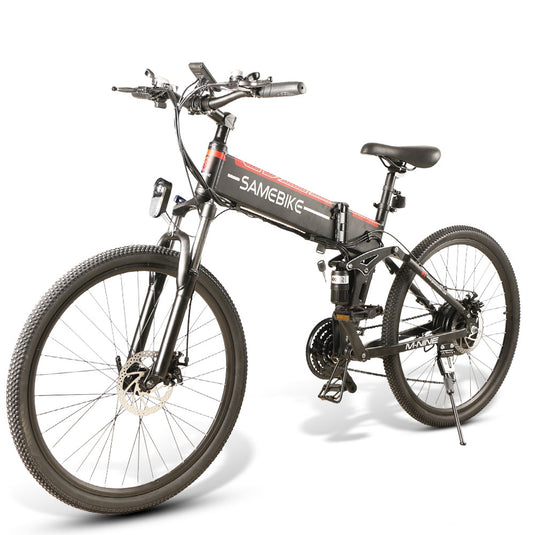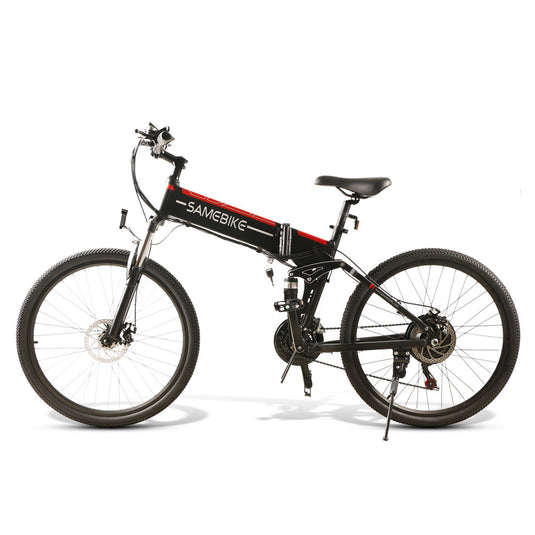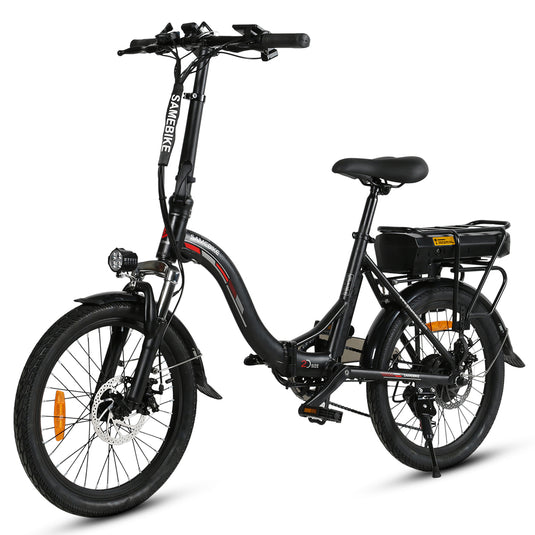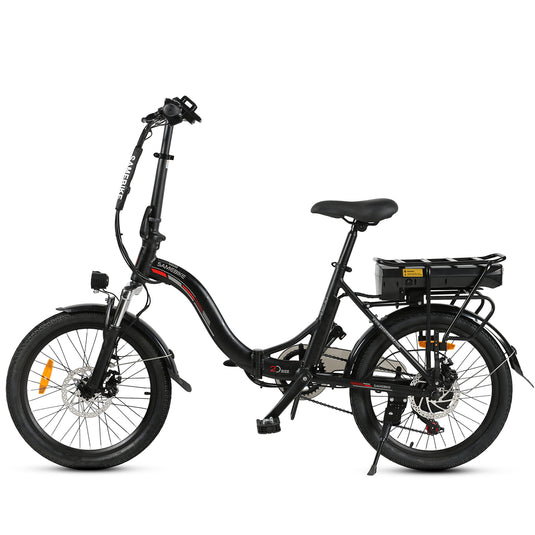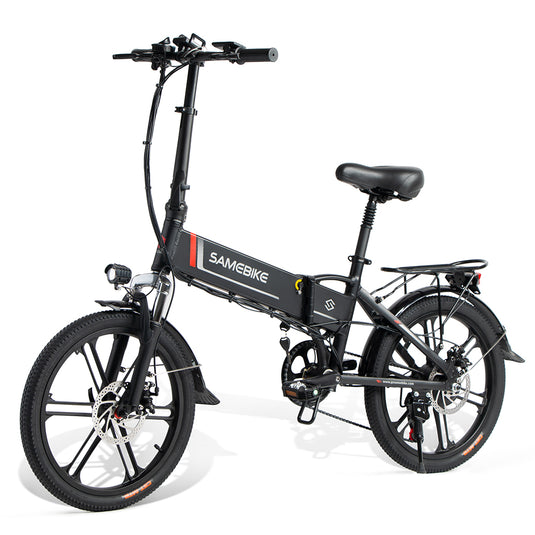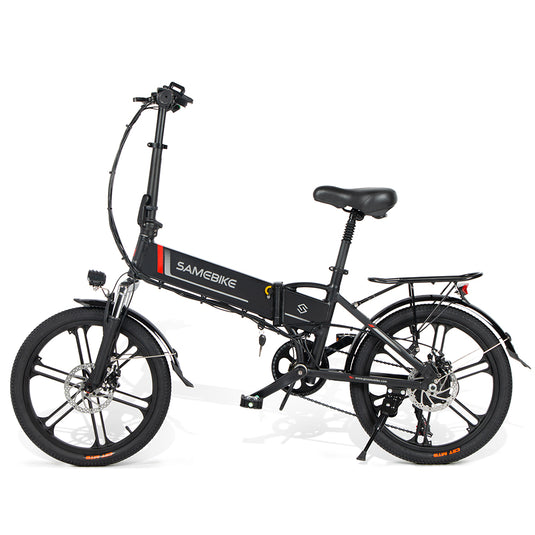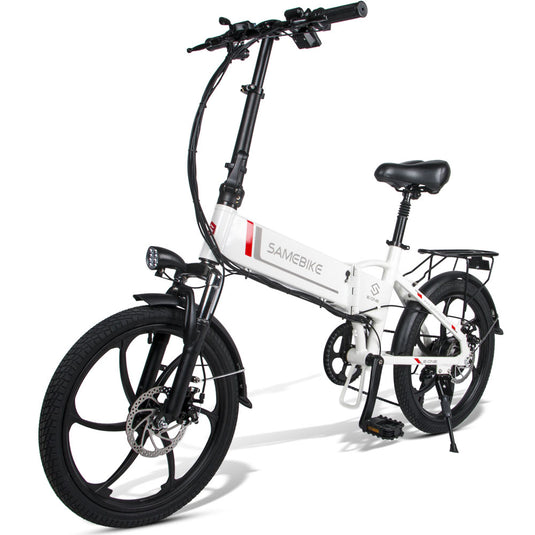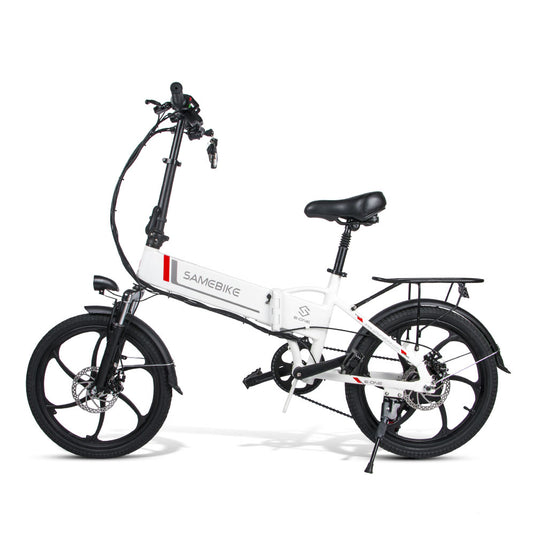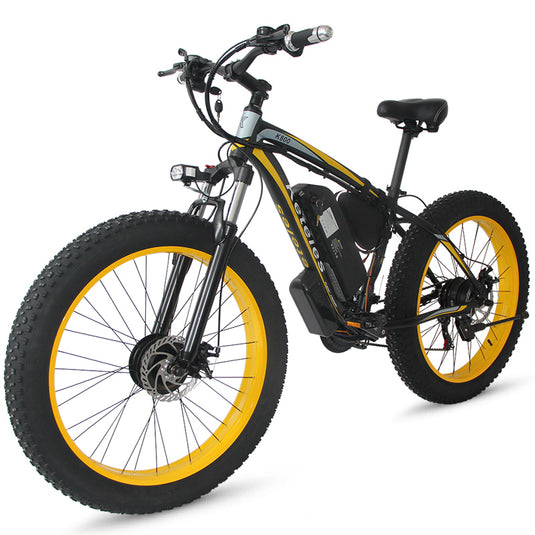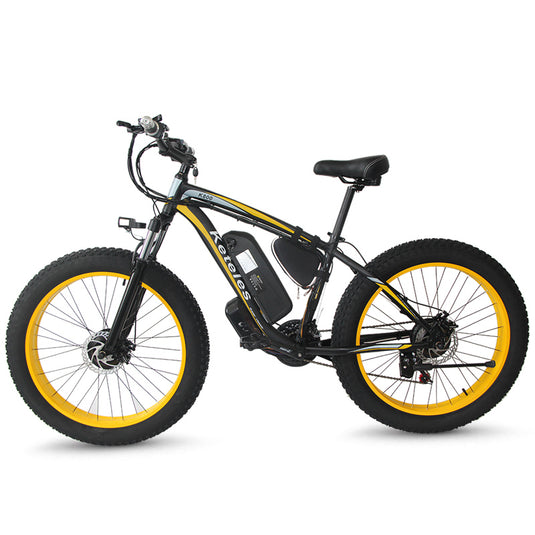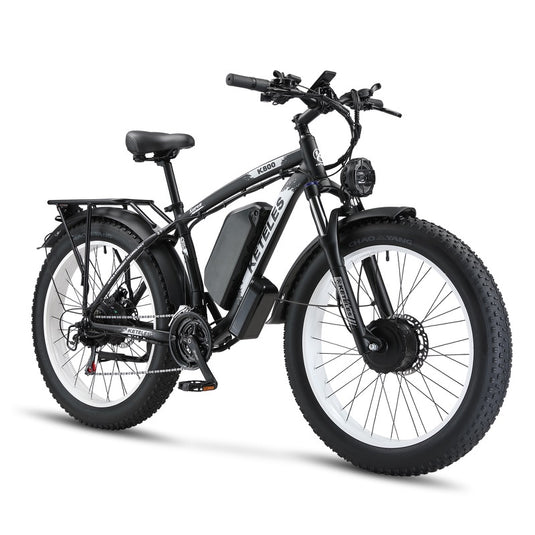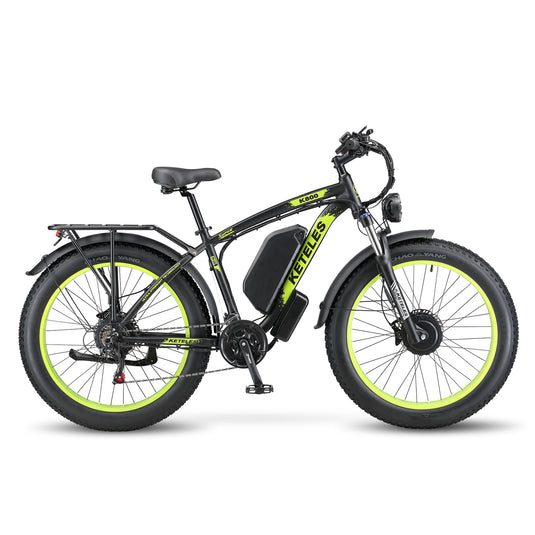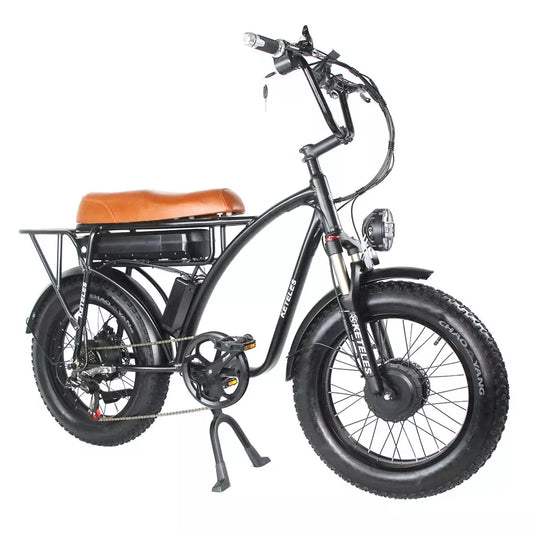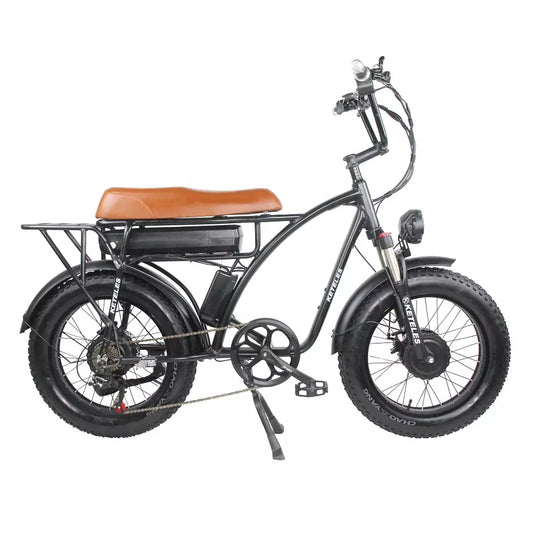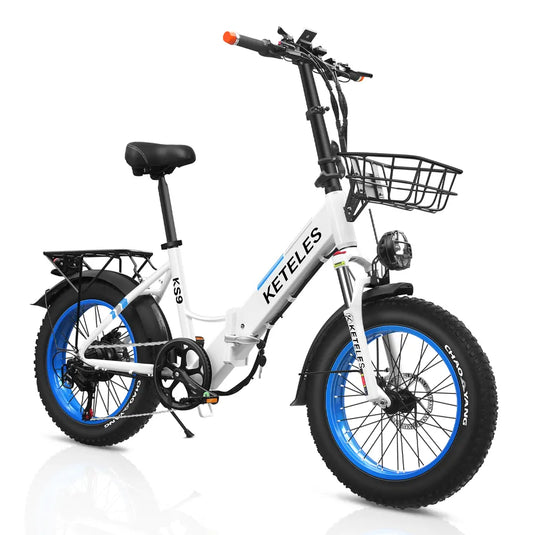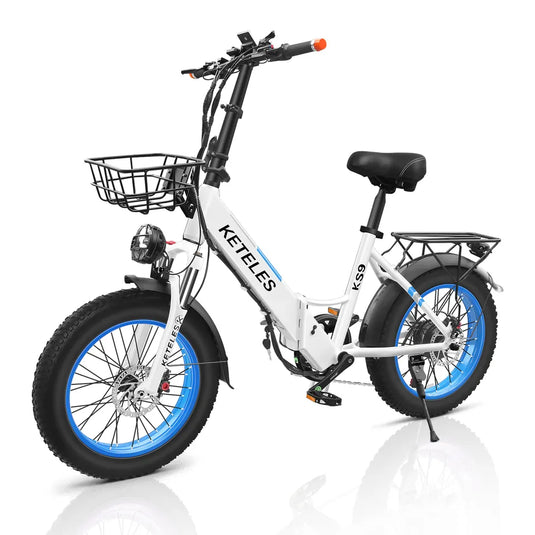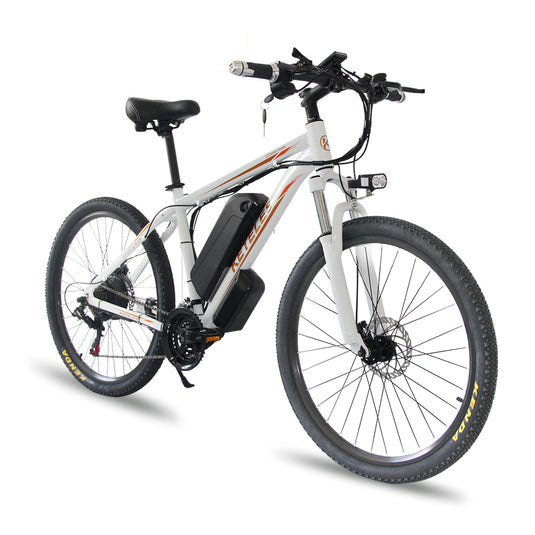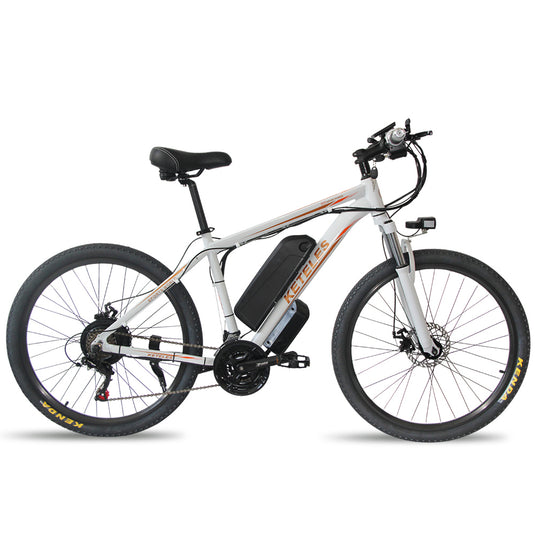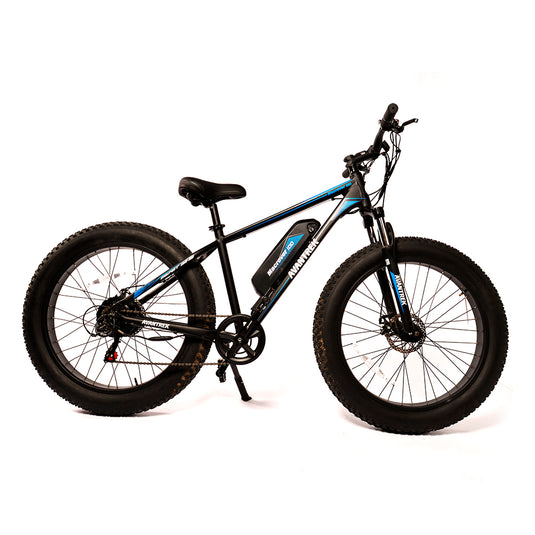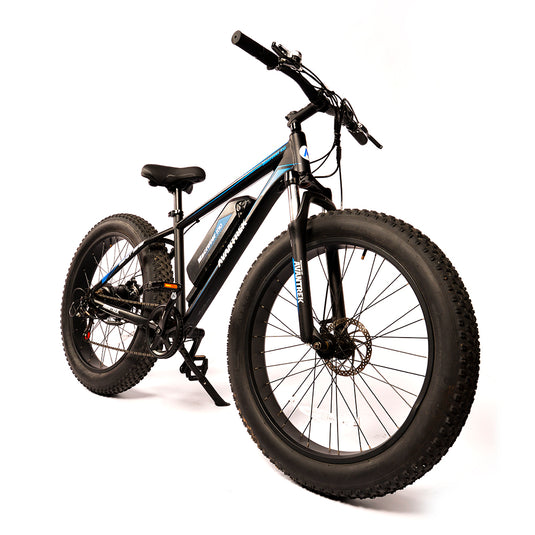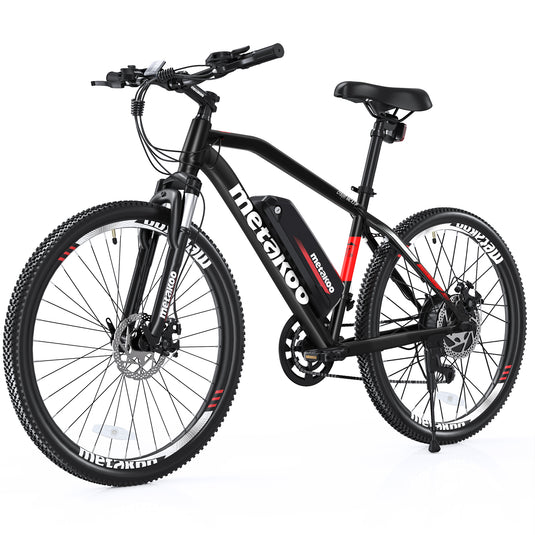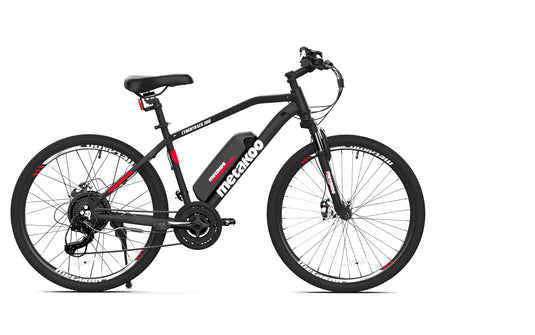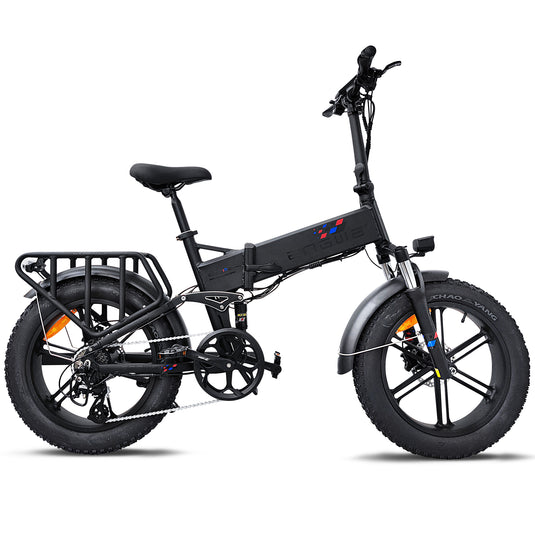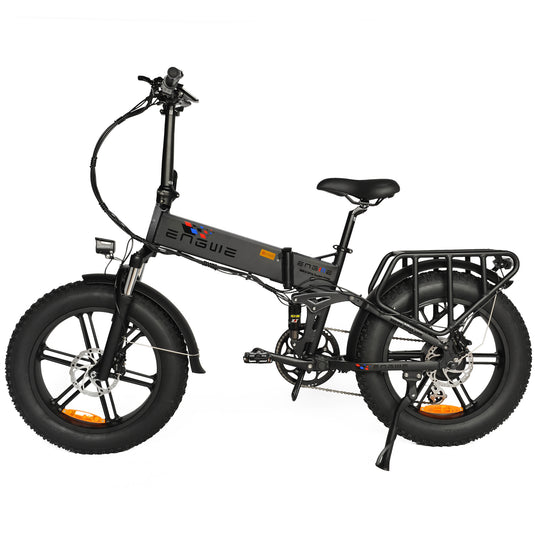
Cycling Revolution: The Latest Innovations Shaping Our Two-Wheeled Future
The Rise of Electric Bikes and Scooters
Understanding the Electric Cycling Boom
The electric cycling boom is reshaping the way we travel. Electric bikes (e-bikes) and electric scooters (e-scooters) have surged in popularity. They offer a swift, eco-friendly ride that's easy on the wallet. Their rise is due to their convenience and low environmental impact. As cities grow more crowded, e-bikes and e-scooters are handy. They help skip the traffic and reduce reliance on cars and public transport. Their battery-powered motors make riding less tough, which appeals to many. With tech advances, these electric rides have become reliable and fast. This makes them a top choice for daily commutes or fun outings. The boom waits for no one. More people are now turning to these electric two-wheelers.

Key Features of Modern E-Bikes and E-Scooters
- Battery Life: Modern e-bikes and scooters boast long-lasting batteries. These allow riders to travel farther without frequent recharges.
- Motor Power: They have potent motors. This power helps riders go up hills easily and reach higher speeds on flat surfaces.
- Regenerative Braking: Many models offer regenerative braking systems. These systems recharge the battery slightly when braking.
- Lightweight Design: New materials make these vehicles lighter. A lighter design makes them easier to carry and maneuver.
- Connectivity: Some e-bikes and e-scooters can connect to smartphones. Riders can track their trips, get navigation help, and lock their vehicles remotely.
- Safety Features: Bright LED lighting and electronic horn systems increase safety. They make riders more visible and alert others on the road.
Benefits of Going Electric for Personal Transportation
Electric bikes and scooters offer many perks for city travel. Here's why they are great:
- Lower Costs: E-bikes and scooters cost less to maintain than cars.
- Eco-Friendly: These electric modes emit no pollutants, aiding clean air.
- Ease of Use: They're user-friendly and can dodge traffic jams.
- Health Benefits: E-bikes still offer exercise, boosting fitness.
- Quiet Rides: They produce far less noise than gas-powered bikes.
- Accessibility: They help more people enjoy cycling, whatever their fitness level.
Adopting e-bikes and e-scooters can improve travel in our towns.
Cutting-edge Cycling Technologies
Smart Cycling Gadgets and Connectivity
In the realm of cycling, smart gadgets are redefining the experience. Riders can now connect devices to bikes and scooters. This brings real-time data and navigation. It also gives safety alerts and fitness tracking. Let's explore some of the coolest gadgets:
- GPS devices that offer turn-by-turn directions.
- Smart lights that adjust to your speed and the lighting conditions.
- Fitness trackers that monitor your heart rate and calorie burn.
- Anti-theft systems that alert your phone if your ride moves without you.
- Mobile apps that analyze your rides and offer improvements.
Modern cyclists and scooter users are more connected than ever before!
Innovative Bike and Scooter Safety Features
- Advanced lighting systems for visibility
- Collision avoidance technologies
- Smart helmets with built-in sensors
- GPS-enabled theft protection
- Innovative braking systems for quick stops
- Wearable safety gear with connectivity
- Real-time monitoring apps for safer routes
Sustainable Materials and Manufacturing in Cycling Industry
The cycling industry is embracing sustainability in a big way. Bike and scooter manufacturers are now using eco-friendly materials, like bamboo and recycled metals. This reduces waste and lowers carbon footprints. Companies are also adopting greener manufacturing processes. They use solar energy and minimize water waste. Such actions cut pollution during production. This shift is vital for our planet and supports the goal of sustainable transportation. It also appeals to consumers who value environmental stewardship. In essence, choosing bikes made from sustainable materials is a ride towards a greener future.
The Future of Urban Mobility
Integration of Cycling in Urban Transportation Planning
Cities around the world are changing. They now plan transport with bikes and scooters in mind. New bike lanes are being built. Public bike-share programs are growing. Planners use data to improve paths and safety. Scooters and bikes are seen as key to easing traffic. They can reach places cars can't. They are great for short trips. They also connect well with other public transport. This improves city travel overall. cycling is the future of urban mobility.
How Cycling is Changing Cityscapes
cycling is causing city landscapes to evolve. Streets are now featuring more bike lanes. We see fewer cars and more bicycles in urban cores. This shift is making our cities more pleasant. Open spaces are favored over busy roads. Cycling introduces a fresh, dynamic vibe within cities. It encourages active, healthier living. Cities are adapting, promoting a bike-friendly culture. This new trend has the potential to reshape urban living.
The Role of Cycling in Reducing Urban Pollution
cycling is not just a healthy choice, but also a green one. By pedaling instead of driving, cyclists help to lower CO2 emissions, which are a big cause of urban pollution. Bikes and e-scooters produce zero exhaust, so they keep the air cleaner. Cities with more cyclists often see a drop in smog levels. To make the air even cleaner, some places are creating bike lanes. These lanes make cycling safer and more popular. With fewer cars on the roads, we can all breathe a little easier. Choosing to ride over drive is a simple step towards a fresher city for everyone.


